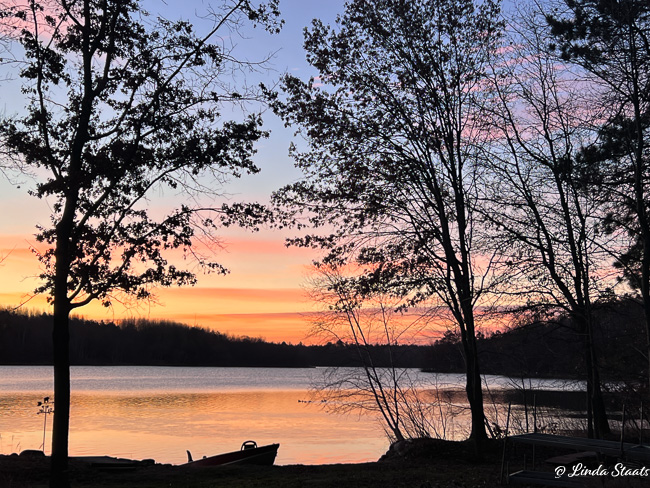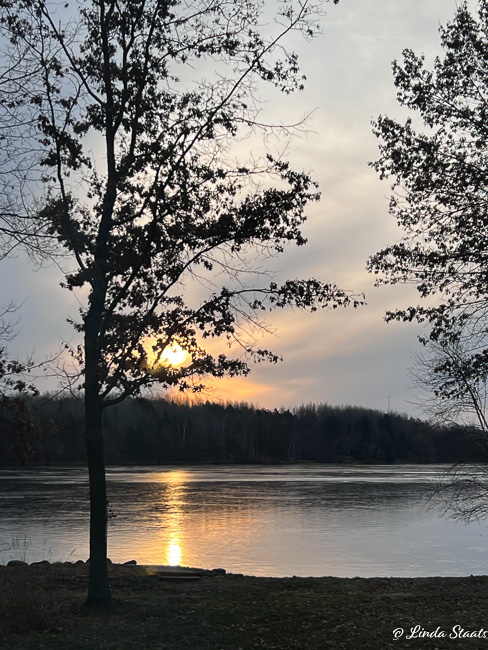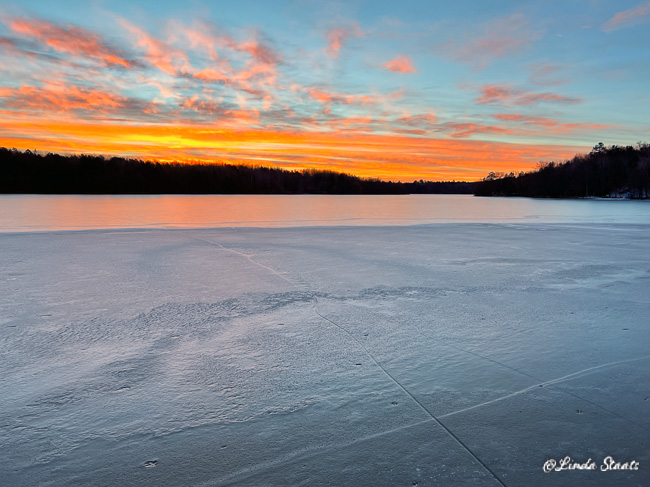We are dancing between winter and spring. The calendar says mid-March which can mean any type of weather and conditions, especially since last year at this time we had over two feet of snow on the ground. This year is a much different story with record-breaking high temperatures and no snow, only brown grass and drought conditions. People are taking advantage of our early spring temperatures, and it seems everyone you see outside is smiling as though we’re getting away with something.
The lakes are loosing their ice, the birds are calling, the days are lengthening, and heavy coats, winter boots, gloves and hats are not necessary. I’ve marveled at daffodils and tulips that have pushed up through the ground, certainly a month earlier than usual. But I was stunned to see blooming crocus the other day while I was out walking in our neighborhood. Granted, they were near a wall that could capture the sun’s heat and keep it much warmer than the air temperature, but the crocus were a wonderful welcome to spring’s promise.
Deep down I know we have not turned the page completely as our forecast for the next few days shows a return of more seasonal temperatures and even some snow. But I’ll hold on to the crocus’s promise and know that spring will be here soon.








